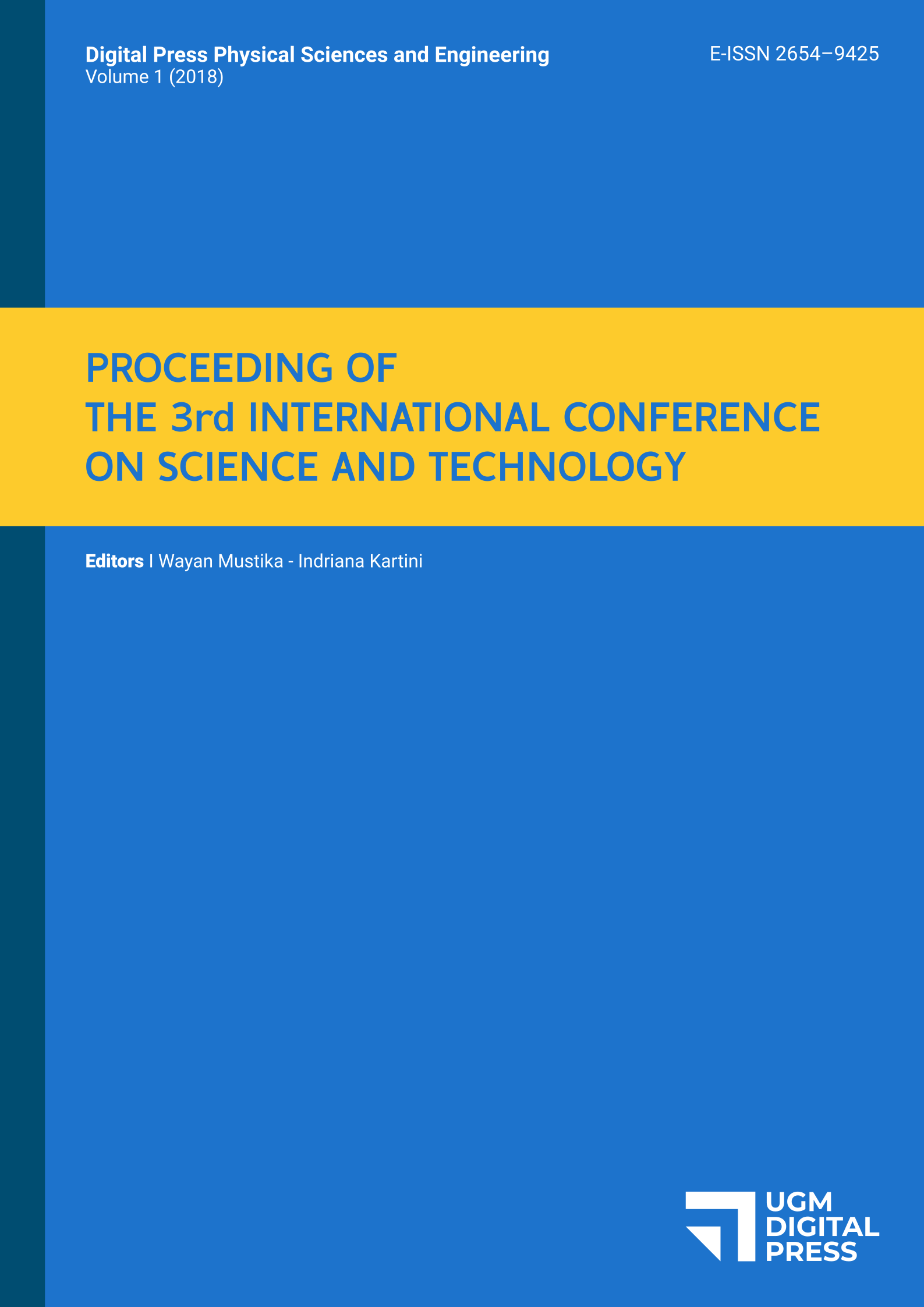Oligocene-Pleistocene Paleogeography within Banyumas Basin and implication to petroleum potential
Eko Bayu Purwasatriya
1
, Sugeng Sapto Surjono
2
, Donatus Hendra Amijaya
2
1
Geological Engineering, Faculty of Engineering, Universitas Jenderal Soedirman, Jl. Mayjen Sungkono, Km.5, Blater, Purbalingga, 53371
2
Geological Engineering Department, Faculty of Engineering, Universitas Gadjah Mada, Jl. Grafika No.2, Yogyakarta, 55281
bayusatriya@yahoo.com
Abstract
This study attempts to reconstruct paleogeography of Banyumas Basin in association with magmatic arc evolution and its implication to petroleum potential. Based on the volcanic rocks distribution, their association and relatives age, there are three alignments of a magmatic arc, that are: (1) Oligo-Miocene arc in the south (2) Mio-Pliocene arc in the middle (3) Plio-Pleistocene arc in the north. The consequences of the magmatic arc movement were tectonic setting changing during Oligocene to Pleistocene, as well as their paleogeography. During Oligo-Miocene where magmatic arc existed in the southern part, the Banyumas tectonic setting was a back-arc basin. This tectonic setting was changing to intra-arc basin during Mio-Pliocene and subsequently to fore-arc basin since Plio-Pleistocene until today. Back-arc basin is the most suitable paleogeography to create a depositional environment for potential source rocks. Exploration activity to prove the existence of source rocks during Oligo-Miocene is needed to reveal petroleum potential in Banyumas Basin.
Keywords
Back-arc Basin, Banyumas Basin, Magmatic arc, Paleogeography, Petroleum potential
References
2 Geological Engineering Department, Faculty of Engineering, Universitas Gadjah Mada, Jl. Grafika No.2, Yogyakarta, 55281
bayusatriya@yahoo.com
Abstract
This study attempts to reconstruct paleogeography of Banyumas Basin in association with magmatic arc evolution and its implication to petroleum potential. Based on the volcanic rocks distribution, their association and relatives age, there are three alignments of a magmatic arc, that are: (1) Oligo-Miocene arc in the south (2) Mio-Pliocene arc in the middle (3) Plio-Pleistocene arc in the north. The consequences of the magmatic arc movement were tectonic setting changing during Oligocene to Pleistocene, as well as their paleogeography. During Oligo-Miocene where magmatic arc existed in the southern part, the Banyumas tectonic setting was a back-arc basin. This tectonic setting was changing to intra-arc basin during Mio-Pliocene and subsequently to fore-arc basin since Plio-Pleistocene until today. Back-arc basin is the most suitable paleogeography to create a depositional environment for potential source rocks. Exploration activity to prove the existence of source rocks during Oligo-Miocene is needed to reveal petroleum potential in Banyumas Basin.

